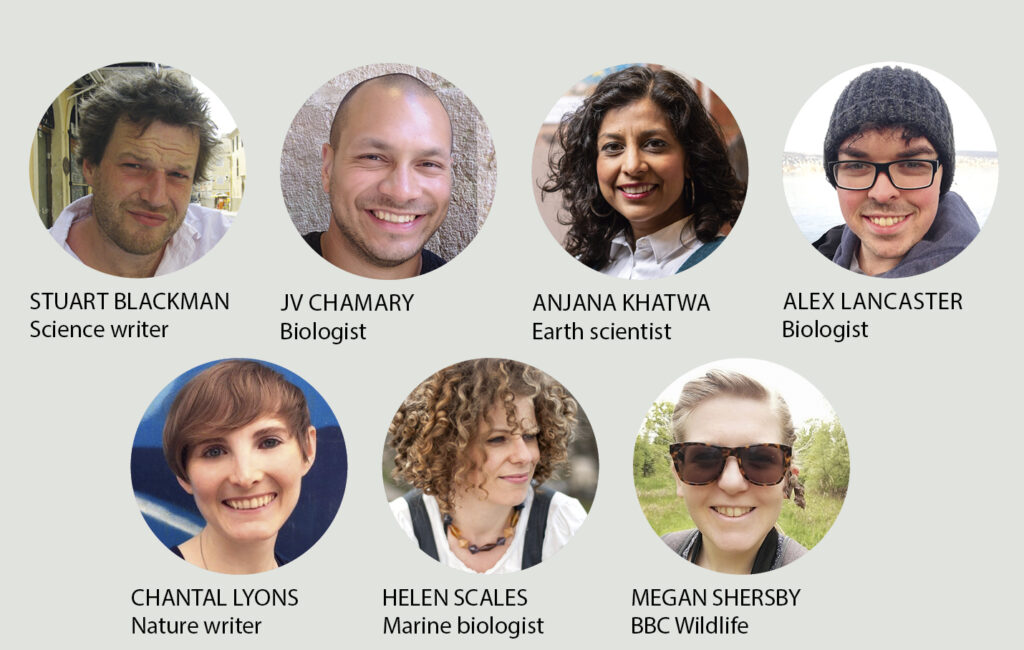Q & A
Email your questions to wildquestions@immediate.co.uk
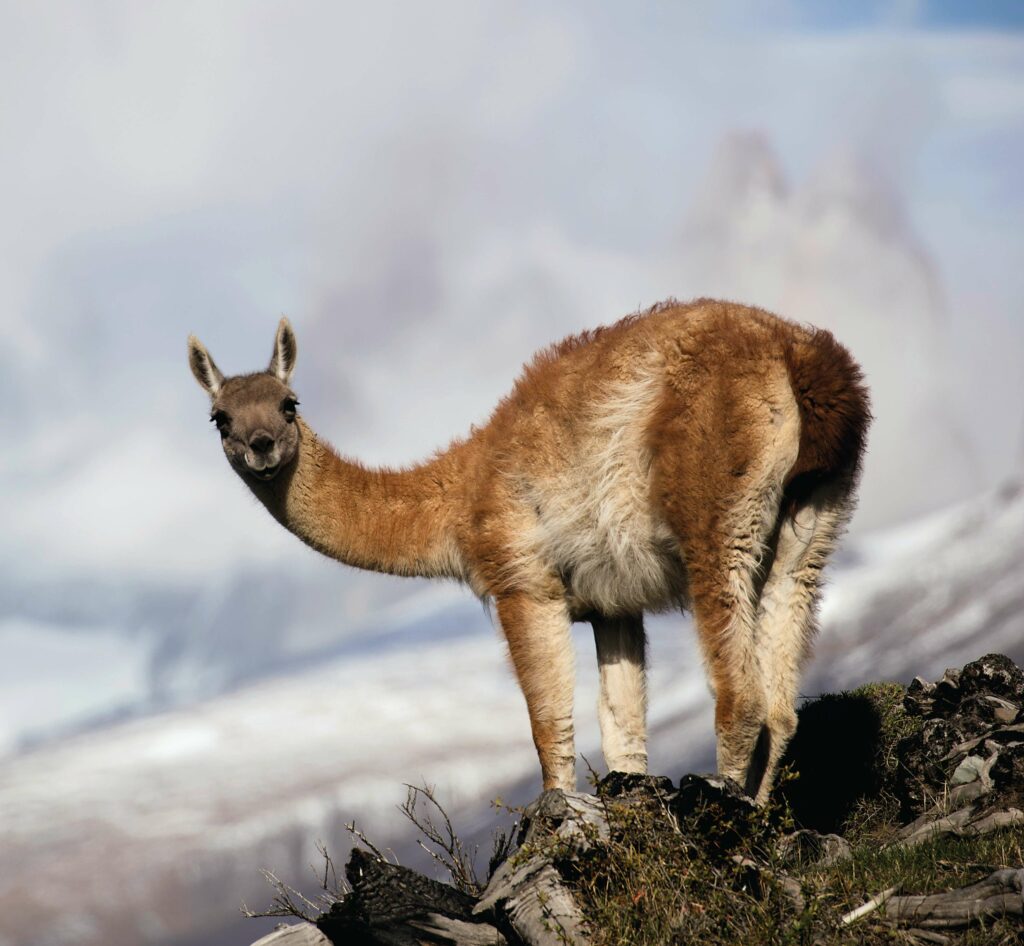
How did guanacos end up on the Falkland Islands?
ALEX LANCASTER ANSWERS:
You may have seen the guanacos (the wild ancestor of the llama) and vicuñas of mainland South America on stunning BBC wildlife programmes. But if you happen to visit the Falkland Islands, and specifically Staats Island, part of the Beaver Island Group, you’ll spot not just the native Magellanic penguins, but also guanacos.
Why they were originally introduced to the Falklands is unclear, but we know guanacos were brought to East Falkland in the early 1860s, and were even hunted there in 1871. However, this attempt to establish them ultimately failed.
Most credit for the later, successful introduction of guanacos is given to Scotsman John Hamilton, who lived in Patagonia in the 1930s. In 1934, at the request of the Falklands government, 26 guanacos were shipped to the Falklands, and 15 were taken to Staats Island. This small islet is still home to their descendants today. But there are now fears that the species is overgrazing the native tussac grass, which is an important habitat for native birds and seals.
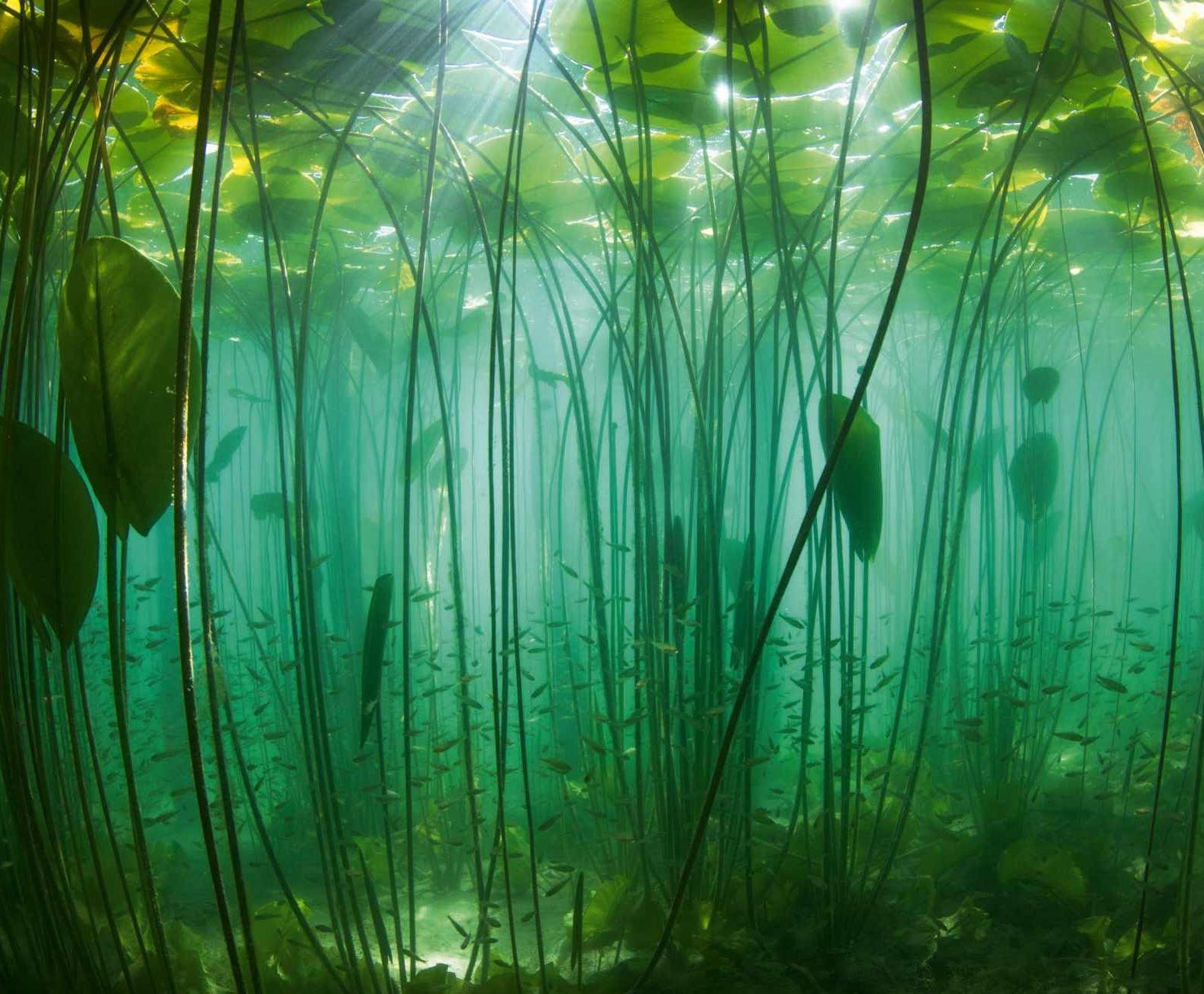
How are plants able to breathe underwater?
JV CHAMARY ANSWERS:
Moving air into and out of the body – breathing – is required for more than respiration. For photosynthesis, land plants breathe in carbon dioxide (CO2) to make food (using energy from light) and breathe out oxygen. This gas exchange occurs via microscopic pores called stomata: mouthlike structures formed from two guard cells that resemble a pair of lips, which can close to prevent moisture loss.
If an aquatic plant were covered in tiny holes, however, it would drown. So in water lilies and other flowering plants with floating leaves, only the upper side of a leaf has stomata; those pores are permanently open because aquatic plants don’t need to worry about losing moisture.
Some flowering plants are adapted to a submerged lifestyle: seagrasses lack stomata and carry out photosynthesis, but must rely on bacteria in ocean sediments to provide a source of carbon in the absence of CO2.
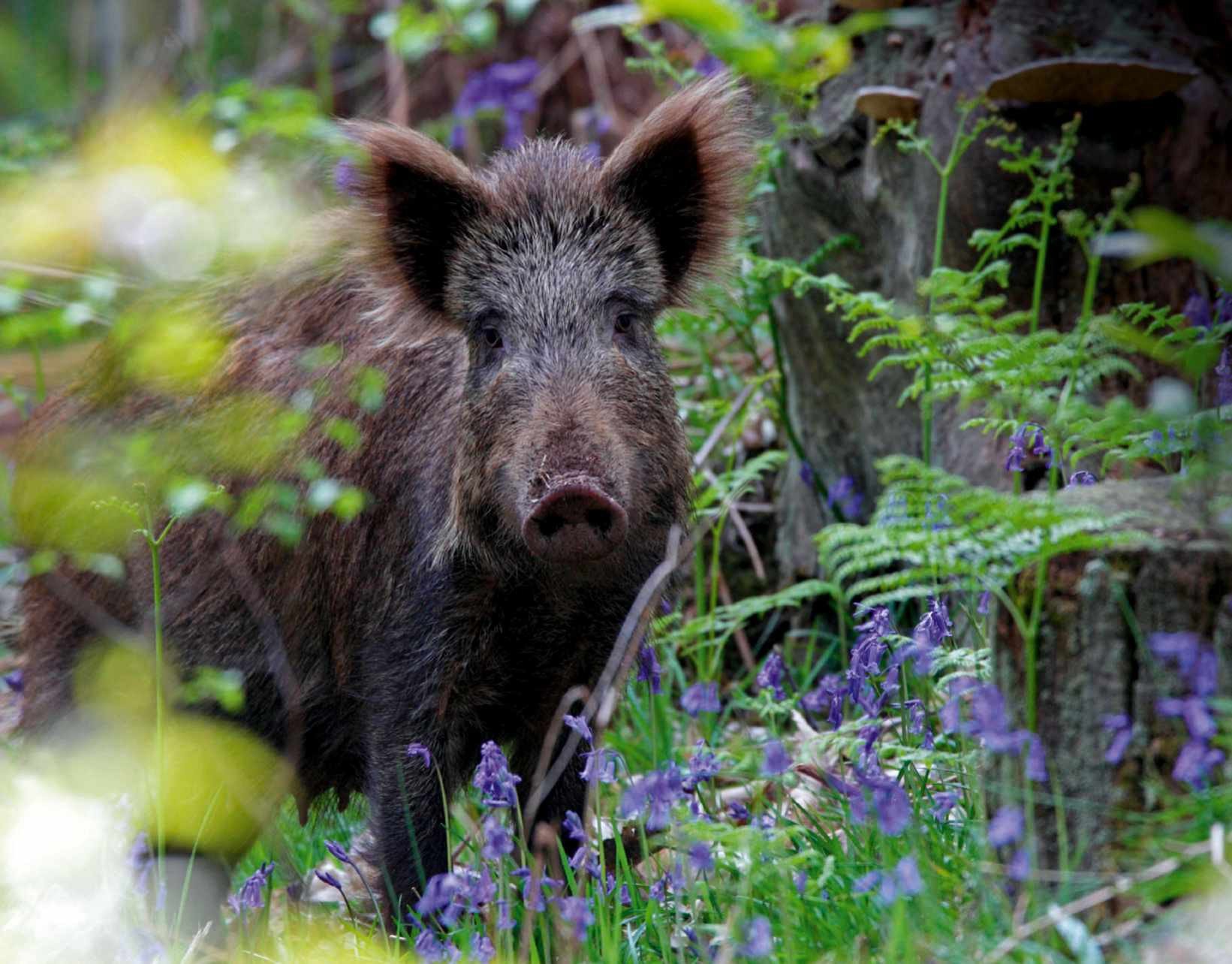
Do wild boars damage bluebells?
CHANTAL LYONS ANSWERS:
It depends on your point of view. Wild boar can be enthusiastic consumers of bluebells, both the bulbs and the shoots. In the Forest of Dean, some residents claim they have devastated bluebell woods.
However, the large swathes of bluebells that we adore may actually be a modern phenomenon. Historically, higher woodland plant biodiversity and disturbance from wild boar and other large animals meant that bluebells probably grew less densely than they do nowadays.
Yet research carried out in Kent and East Sussex, when the boar population there was still going strong, found that rooting by the boar encouraged bluebell germination, perhaps by making soil conditions more favourable. Provided that boar do not return to root the same area too frequently, bluebell stands should endure – they just might not look the way we’re used to seeing them look.

If I find a fossil, can I keep it?
ANJANA KHATWA ANSWERS:
It depends where you are searching and whether there are any restrictions in place. Charmouth on the Jurassic Coast and Runswick Bay in Yorkshire are fantastic places to go fossil hunting. As the waves erode the cliffs, they release fossils on to the beaches. If you’re lucky enough to find an ammonite in the sand, it is usually considered to be abandoned by the landowner and you are free to collect it. But any fossils still within the cliffs are off limits, and you risk prosecution and getting injured by falling rocks if you try and retrieve one without permission. In some areas, such as some Sites of Special Scientific Interest (SSSI), fossils are protected by designations and you need permission before taking any material from the site.

Why is whale poo good for the planet?
HELEN SCALES ANSWERS:
Sperm whale poo is ideal phytoplankton fertiliser. During their hour-long dives into the ‘twilight zone’ ocean layer, chasing after squid, the whales’ digestive systems temporarily shut down to save energy. When they return to the surface they release a liquid, iron-rich slick which floats at the surface and can stimulate the growth of carbon-fixing plankton.
Each year, sperm whales around Antarctica release roughly 50 tonnes of iron from their deep-sea diet, triggering phytoplankton blooms that capture about 400,000 tonnes of carbon from the atmosphere – enough to offset the carbon released by the whales when they breathe out, making them carbon neutral.
Before commercial whaling, sperm whale waste matter helped capture more like 2 million tonnes of carbon.
RECORD BREAKER!
What’s the world’s largest cat?
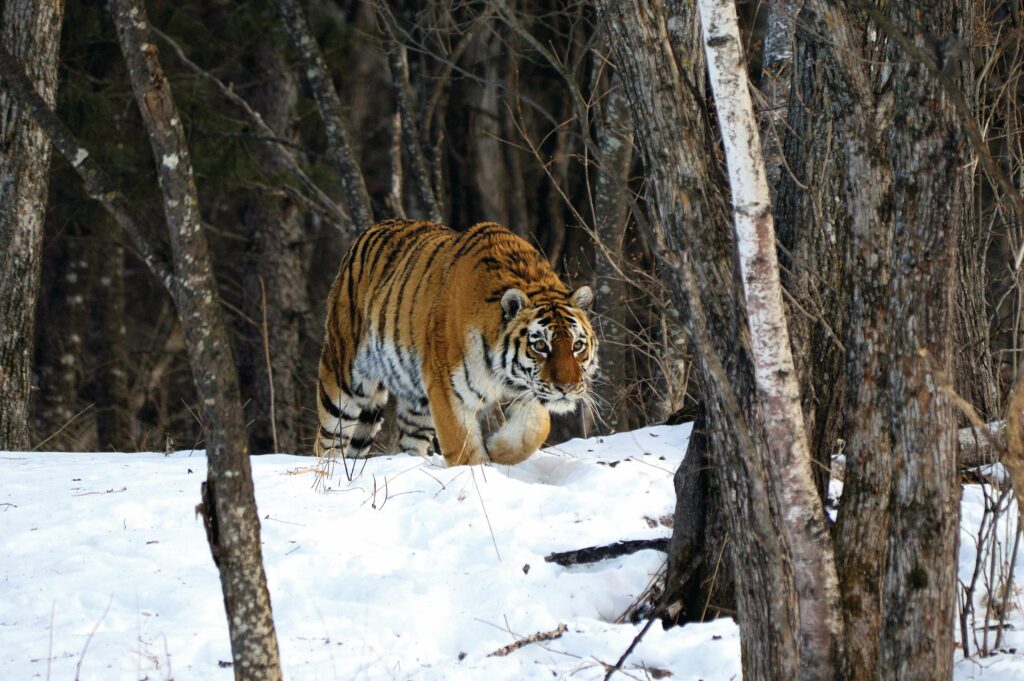
Weighing in at up to 300kg and measuring 3m long, the tiger takes the title for the world’s largest cat species. Specifically the Siberian tiger (also known as the Amur tiger), a subspecies found in the northwest of China, the far east of Russia, and potentially North Korea. Genetically, it is close to the now-extinct Caspian tiger subspecies, with the two descended from a common ancestor.
FACT.
Manatees and dugongs share the same land-dwelling ancestors as elephants and other Proboscidea members, and the three are grouped together in a clade of mammals called Tethytheria.
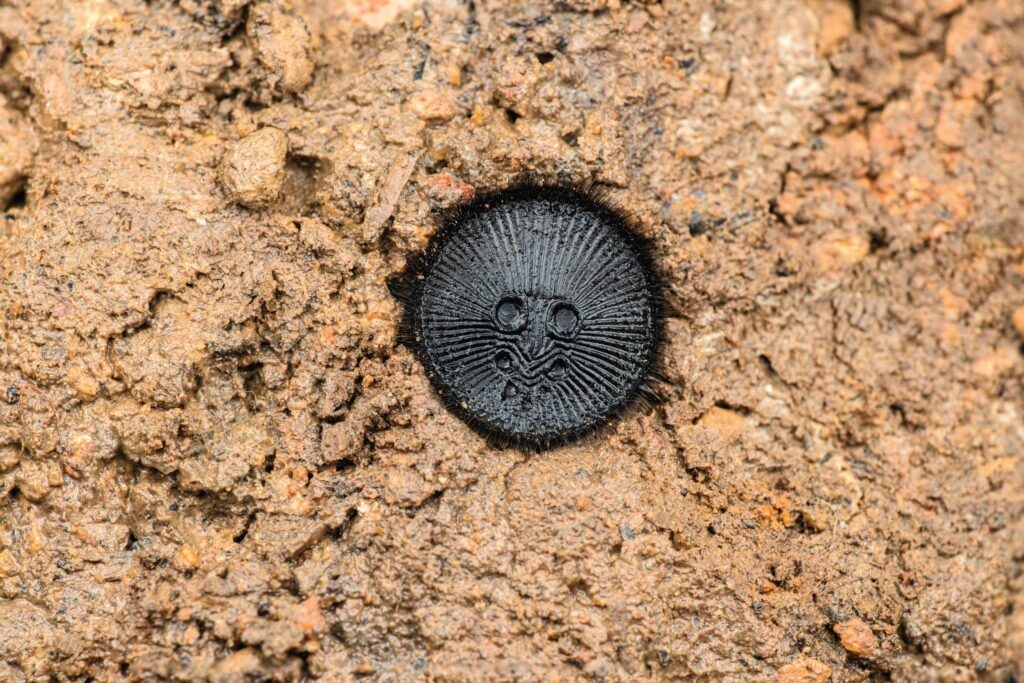
WHAT ON EARTH?
Butt out
It’s always fun when you can’t tell what kingdom something belongs to. Animal? Vegetable? Fungus? But in this case, it’s not clear that it’s even a form of life. A button? A manhole cover? A biscuit? The truth is, it’s an animal – or a bit of one, at least. It’s the back end of a cork-lid trapdoor spider, a peculiar arachnid that blocks the entrance of its burrow with an armoured shield on its rear to keep out predators and parasitic wasps. For obvious reasons, it also goes by the name of oreo spider, as well as Aztec coin spider and even happy-bum spider.
FAST ANSWERS
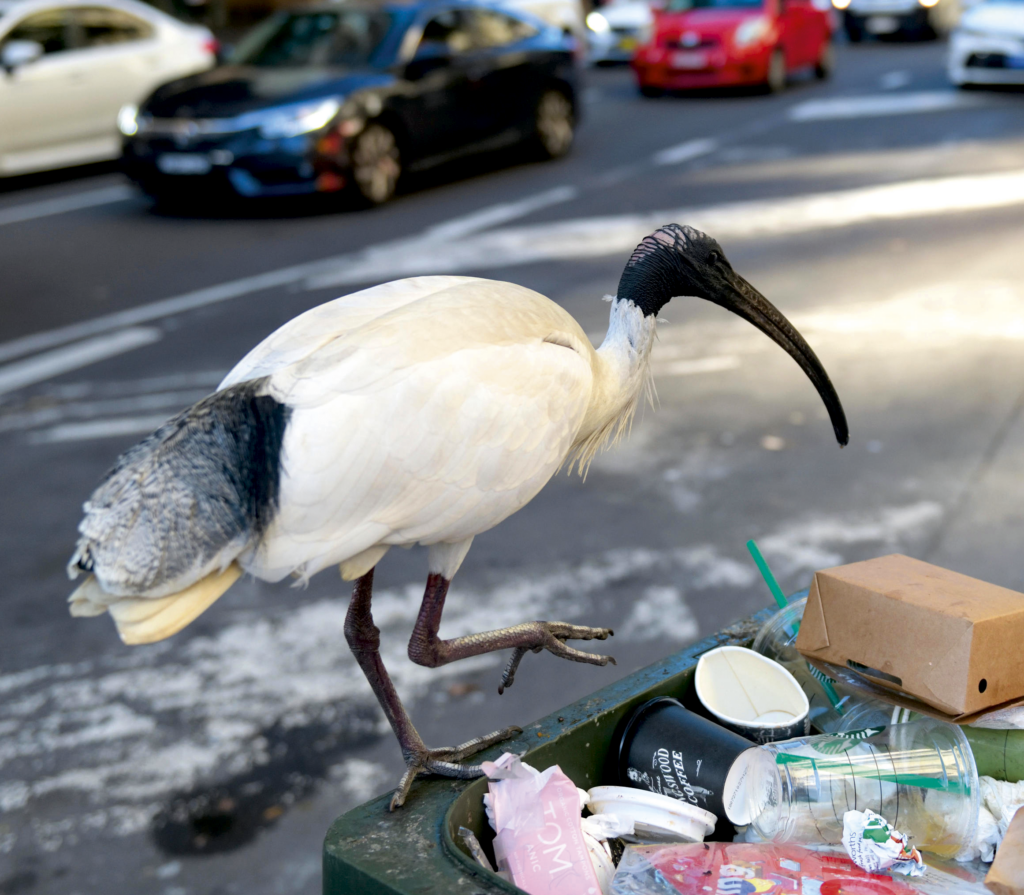
What is a bin chicken?
Bin chicken is a derogatory, colloquial Australian name for the Australian white ibis. Native to the country, the species has historically been found in inland wetlands. However, its natural habitat has declined and some birds have found a new home in urban areas, where they have discovered the edible temptations left by humans in rubbish bins and landfills – including human vomit. The species has also been nicknamed tip turkey, rubbish raptor and dumpster chook.
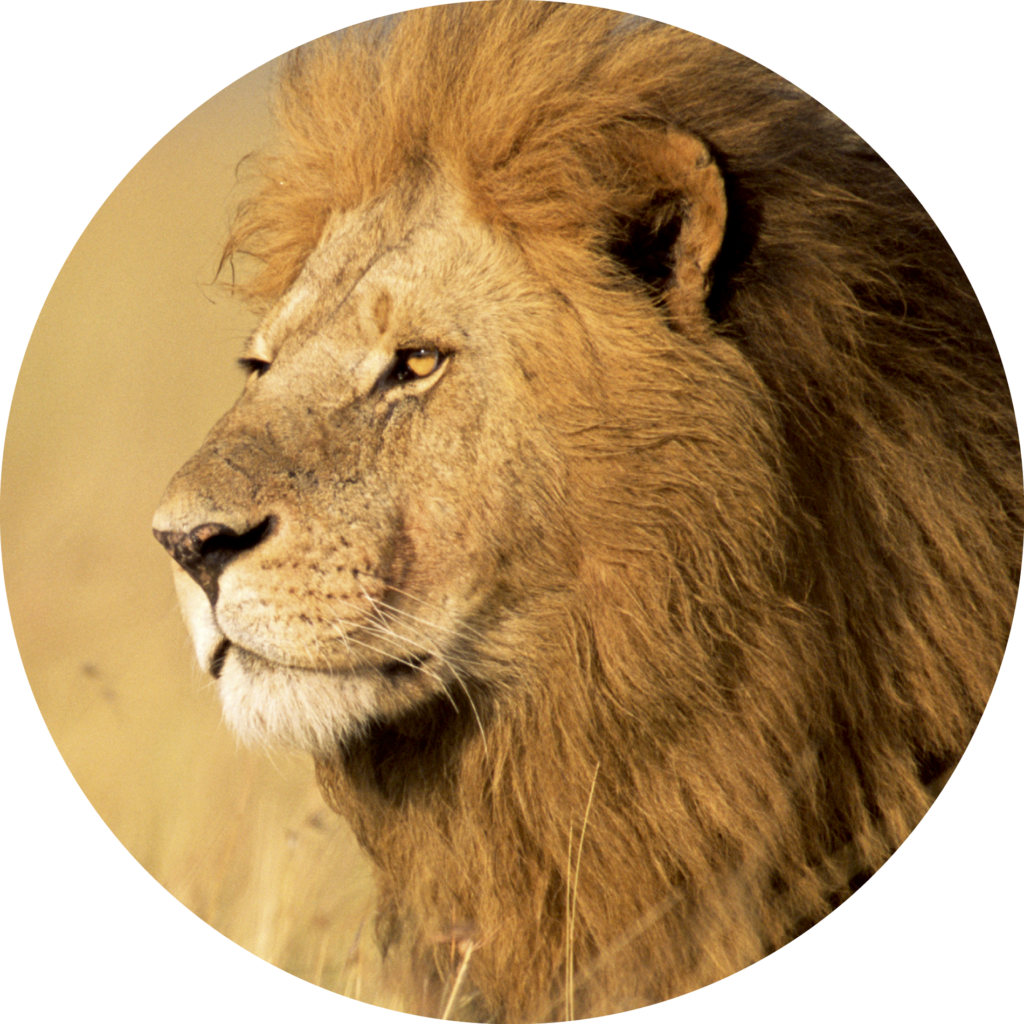
What is an apex predator?
The word ‘apex’ refers to a peak or the very top of something, so when combined with the word ‘predator’ it means that an animal is at the top of a food chain and has no natural predators. Examples include orca, great skuas, saltwater crocodiles and lions.
What is sharming?
Although it sounds similar, this isn’t a loo paper brand name written incorrectly; it’s a type of bird call that belongs to the water rail, a secretive waterbird that’s a bit smaller than a moorhen and more likely to be heard than seen. Males and females perform a duet, which has been compared to the squealing and grunts of piglets.

INSTANT EXPERT
Habitats: there’s no place like home

WHERE DO ORGANISMS LIVE? Habitat, ecosystem, niche and environment are used interchangeably in everyday speech, but these terms have distinct meanings. So put on your most pedantic voice and say “Actually, I think you’ll find…” because you’re about to learn how to be technically correct – the best kind of correct.
What’s the difference between a habitat and an ecosystem?
A habitat is a geographic location, an ecosystem is a set of interactions among species – including who eats whom in a food-chain – and between the living and non-living parts of nature. Exactly where a species lives isn’t especially relevant to the concept of ecosystems.
Habitats have boundaries that animals can cross, during migration, say. They’re physical places, and living things aren’t typically considered ‘part’ of the location… although habitat types are often classified by the presence or absence of plants.
What types of habitat are there?
The International Union for Conservation of Nature (IUCN) lists nine broad classes of terrestrial habitat: forest, savannah, shrubland, grassland, wetland, rocky areas, caves/subterranean, desert and artificial habitat (such as pastureland and urban areas). One global map showed that forest has the largest land coverage, at 27 per cent. There are six aquatic classes. Besides artificial habitats (such as ponds), they are marine: neritic (shallow waters), oceanic, deep ocean floor, intertidal and coastal. The IUCN’s classification scheme is still a work in progress, though – for example, the coastal type includes freshwater lakes!
Why do habitat sizes vary so much?
Because the features we choose when defining them are arbitrary! A microhabitat isn’t simply a small habitat, it’s the result of dividing an area into sections based on our chosen criteria – by height in a tree canopy, for example.
Multiple adjacent habitats can also be grouped into larger areas based on shared features – such as climate – to produce a ‘biome’ that supports a community of organisms. Size is relative, however, so all the microbes that live in the various habitats around an animal’s body inhabit its ‘microbiome’.
How does a habitat differ from an environment?
You can describe a habitat without reference to a particular organism. The key feature of a desert is sand, for instance. By contrast, the word environment means ‘to surround’, so the fact it revolves around something is implicit. An environment consists of the natural phenomena that surround and interact with a particular organism – it has a relative position in time and space, whereas a habitat doesn’t move.
This distinction is illustrated by considering two lizard species that share the same desert habitat but experience different environments: one species is active at night, enjoying the cool but wary of nocturnal predators, while the diurnal lizard must cope with daytime heat.
Is a niche an environment?
Sort of. It’s the subset of environmental conditions that affect a specific population of organisms. The word has subtly distinct meanings in different scientific fields, though! In ecology, a niche is determined by the resources – especially food – that are required by the population. But in evolution, a niche is the outcome of environmental pressures – such as limited food – that drive natural selection.
They’re two sides of the same coin but, using an analogy, an ecological niche is like a house where a species could potentially live, while an evolutionary niche is where it’s actually made itself at home.
Do habitats determine biodiversity?
Yes! Everybody knows tropical rainforests and coral reefs are rich in species, but the number of different locations in a given area – habitat richness – is also associated with higher biodiversity.
Mapping the distribution of habitats across Europe suggests that the strongest predictor of habitat richness is local geography, especially surface topology and latitude: the presence of rough terrain and being closer to the equator create a greater diversity of habitats.
BBC WILDLIFE EXPERTS
